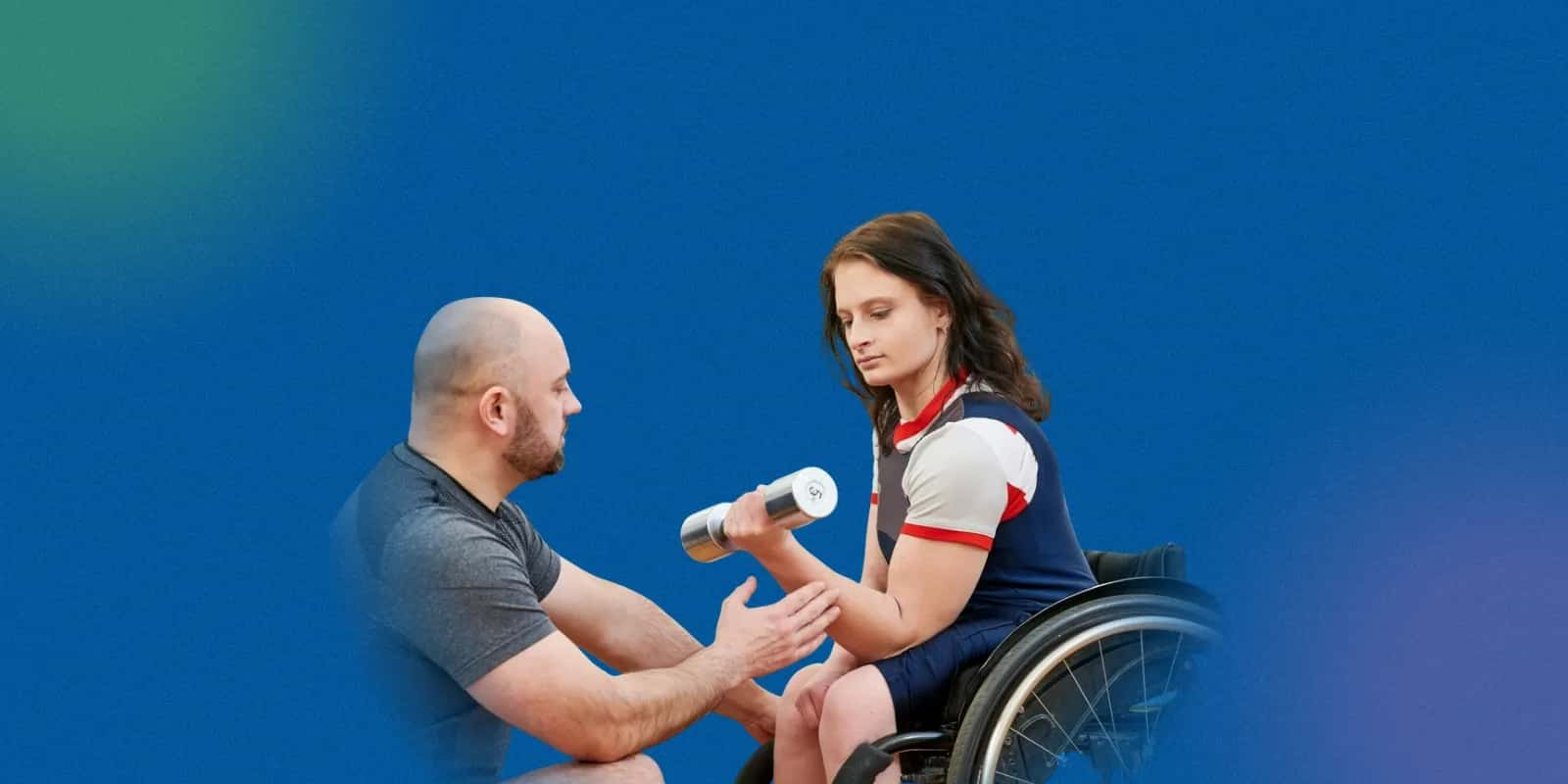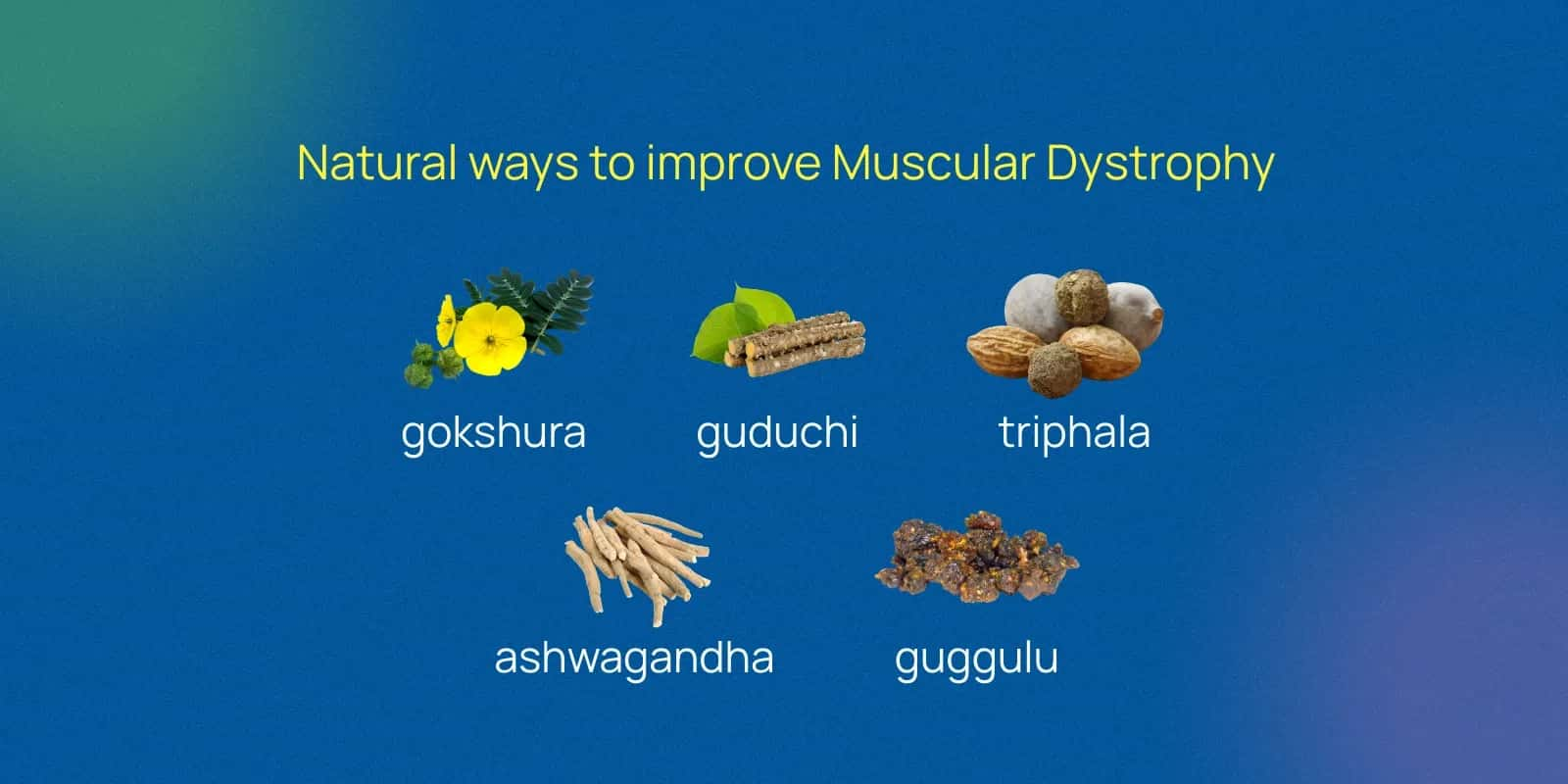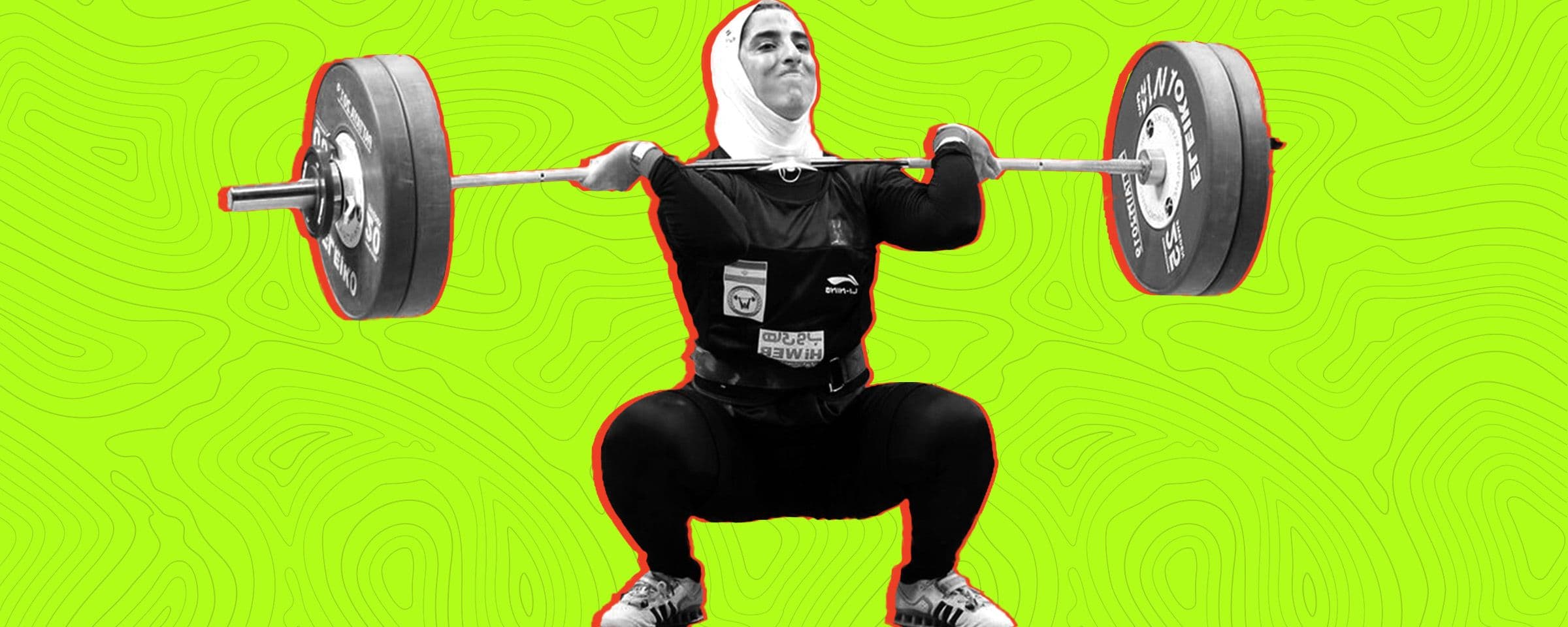Muscular Dystrophy: Understanding Muscle Weakness and Health Deterioration


Introduction
Why does body weakness occur in some people even when they appear fit? You may notice a young child facing difficulties in walking, climbing stairs, or even swallowing food. Many people overlook this weakness, attributing it to lethargy, nutrition, and/or physical inactivity, but the issue can be more serious, like muscular dystrophy.
This genetic illness gradually weakens the muscles, causing problems in movement, and further deteriorates health unless treated.
In this article, we explore the causes of muscular dystrophy, its effects, and its relationship to body weakness, as well as the progression stages. You will also understand how muscular health can be maintained by both men and women despite these illnesses.
What is Muscular Dystrophy and How Does It Affect the Body
Muscular dystrophy (MD) is a group of 30+ genetic diseases whose conditions result in muscle weakness and the loss of muscle mass. In this state, the genes causing the production of the proteins that safeguard muscle fibres become faulty.
In the long run, the muscles lose their strength, which can consequently lead to mobility problems, difficulties with daily activities, and permanent disability. The basic impact of muscular dystrophy is on the skeletal muscles, which are the muscles of movement, posture, and strength.
The disease may also affect respiratory muscles further and, in rare instances, the heart, causing serious complications as the disease progresses.
Early Signs of Muscular Dystrophy: What to Notice in Muscular Legs and Body Strength
The early symptoms are often subtle and may be overlooked. Common warning signs include:
- Frequent falls or difficulty standing.
- Trouble climbing stairs or running.
- Weakness in the muscular leg or pelvic muscles.
- Enlarged calf muscles due to fat replacement.
- Breathing or swallowing difficulties in later stages.

Stages of Muscular Dystrophy: From Early Weakness to Health Deterioration
Muscular dystrophy progressively develops and may begin during childhood or adolescence, depending on the type. Although the progression of health loss depends on each person, physicians distinguish the following stages:
- Early stage: Children may have trouble running, climbing stairs, or standing up from a seated position.
- Middle stage: Weakness in the legs worsens, leading to frequent falls and difficulty walking without support.
- Advanced stage: Mobility declines further; individuals may rely on wheelchairs. Breathing and swallowing muscles can also weaken.
- Severe stage: Muscle deterioration affects vital organs like the lungs and heart, requiring advanced medical care.
Stages of Deglutition and How Swallowing Gets Affected in Muscular Dystrophy
Another unmentioned complexity of muscular dystrophy is the phases of deglutition rhythm (swallowing). Swallowing is usually a three-phase process that entails oral, pharyngeal, and oesophageal phases.
In muscular dystrophy, problems with the swallowing process can be caused by weakening of the muscles of the throat and oesophagus, which can lead to choking, aspiration (food going into the lungs), and malnutrition.
Common Reasons for Weakness in the Body
Muscular dystrophy can cause body weakness, but doctors also consider other possible causes before making a diagnosis. These include:
- Nutritional deficiencies, such as low iron, vitamin D, or B12.
- Chronic conditions like thyroid disorders, diabetes, or infections.
- Neurological disorders, including multiple sclerosis and Parkinson’s disease.
- Long-term medication use, such as steroids.
- Dehydration or electrolyte imbalance.
Muscular Legs in Women: Strength vs. Muscle Loss in Health Conditions
Muscular legs in women tend to signify strength and athleticism, but in the case of disorders such as muscular dystrophy, the look is misleading. Although certain types of muscular dystrophy, including Becker muscular dystrophy, present initially with hypertrophied (swollen) calves, this is not an indication of real muscle strength.
This seeming bulk tends to be pseudohypertrophy, as muscle tissue is replaced by fat and fibrous connective tissue. Rather than being powerful, these muscles are weakening, a pivotal indicator of the underlying disease process.
It is important to understand this difference for early detection and control of the progression of muscle weakening.

Daily Life Challenges: How Muscular Dystrophy Impacts Everyday Activities
Muscular dystrophy has a significant effect on day-to-day life as it can make routine tasks challenging. Activities such as walking, climbing stairs, getting up from a chair, or picking up things get increasing difficult as the muscle weakness progresses.
This loss of physical function leads to more problems, such as loss of mobility, increased risk of falls, and the need of assistive equipment such as wheelchairs or braces. It may also compromise the heart and lungs, causing fatal complications.
Aside from the physical, it can also have a devastating effect on emotional and mental well-being, as it can create a sense of frustration, dependency, and social detachment.
Treatment Options and Support for Muscular Dystrophy Patients
There is no complete cure, but treatment can improve the quality of life. Options include:
- Physiotherapy to maintain mobility.
- Medications, such as corticosteroids, are used to slow muscle deterioration.
- Breathing assistance for respiratory weakness.
- Surgery to correct contractures or scoliosis.
Living with Muscular Dystrophy: Coping, Family Support, and Lifestyle Tips
Muscular dystrophy is an emotional and physical challenge to live with. Children can find it hard to become independent, and adults can be frustrated by the worsening of their health.
Communities, counselling, and adaptive approaches to assisting individuals in day-to-day life should be given to families.
Lifestyle Tips to Slow Down Health Deterioration
While medical treatment is crucial, lifestyle changes can support better outcomes:
- Balanced diet with proteins and vitamins.
- Gentle exercise under supervision.
- Use of supportive devices like braces.
- Regular monitoring for heart and lung health.
Remember, the early diagnosis is possible by recognising body symptoms and seeking early treatment, thus delaying muscular dystrophy progression. Though it cannot be cured, early treatment allows one to remain independent and improve life expectancy.

FAQs
Q. What are the first signs of muscular dystrophy in the legs?
A. Early signs include difficulty running, frequent falls, trouble climbing stairs, and weakness in calf or thigh muscles, leading to progressive walking challenges.
Q. How can I strengthen my muscular legs if I have muscular dystrophy?
A. Gentle physiotherapy, stretching, low-impact exercises like swimming, and the use of supportive braces help maintain strength in muscular legs while avoiding strain and overexertion.
Q. What are the main reasons for weakness in the body?
A. Common reasons include nutritional deficiencies, chronic illnesses, neurological disorders, dehydration, infections, and genetic conditions like muscular dystrophy that cause gradual health deterioration and muscle loss.
Q. Can muscular dystrophy cause problems in the swallowing stages?
A. Yes, muscular dystrophy weakens throat and oesophageal muscles, disrupting swallowing stages, leading to choking, aspiration risks, and poor nutrition if not managed through medical care.
Q. What exercises help slow deterioration in health due to muscular dystrophy?
A. Low-impact aerobic activities, light strength training, swimming, yoga, and stretching under professional guidance help preserve mobility and slow deterioration in muscular health.

Body Recomposition Explained: Burn Fat and Build Muscle Together

Serratus Anterior Muscle: Why and How to Develop The Boxer's Muscle

How Much Protein Is Needed To Build Muscles?

